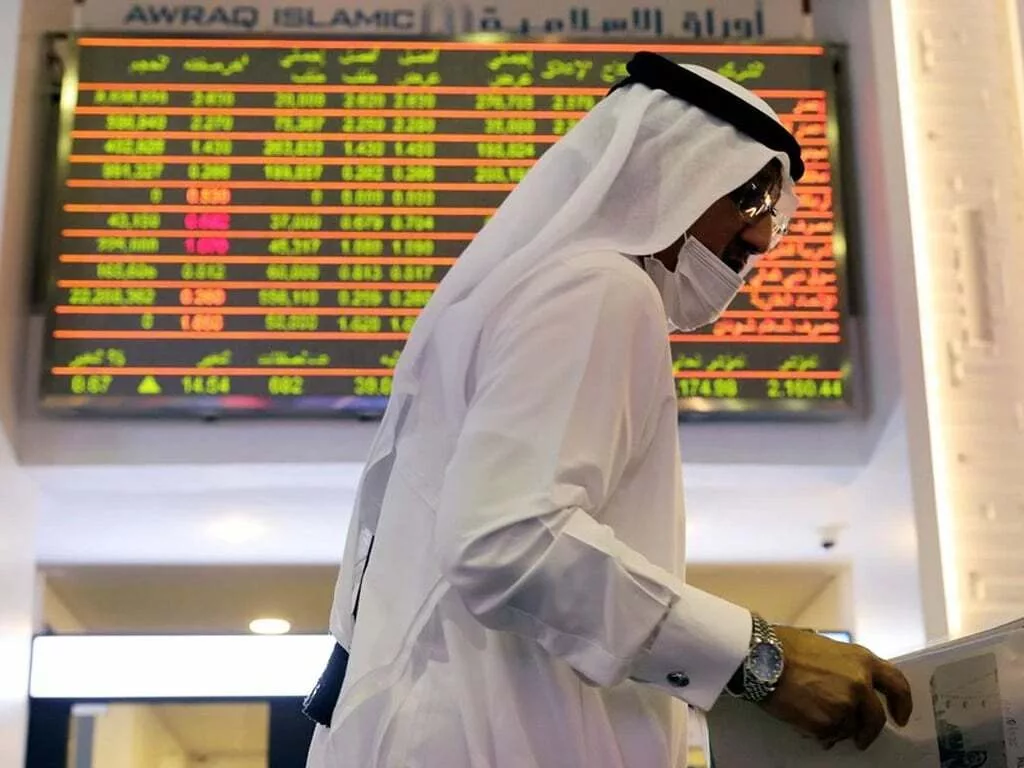Due to concerns about further rate increases by the U.S., the majority of important Gulf markets opened lower on Monday, following peers in Asia and falling crude prices. Investors’ desire for risk was reduced by the Federal Reserve.
Investors are preparing for more difficult U.S. data, including the closely monitored ISM manufacturing and services measures, the latter of which is particularly crucial in light of the startling increase in activity in January.
At least six Federal Reserve policymakers are scheduled to appear this week, and their remarks on the likelihood of additional rate increases will be closely watched.
The majority of Gulf currencies are pegged to the US dollar, and Saudi Arabia, the United Arab Emirates, and Qatar typically follow shifts in US monetary policy.
At 0733 GMT, the price of Brent oil futures was $82.68 per barrel, down 48 cents or 0.6%.
The benchmark market index for Saudi Arabia (.TASI) lost 0.2%, extending a losing streak to seven sessions. Al Rajhi Bank (1120.SE), which lost 0.4%, and Dr. Sulaiman Al-Habib Medical (4013.SE), which lost 0.9%, were among the healthcare and banking stocks that hurt the index.
After reporting a 27% decline in yearly profit and a reduction in the annual dividend proposal, Saudi Tadawul Group (1111.SE) dropped 1.7%, extending losses from the prior session.
SABIC Agri-Nutrients Company (2020.SE), a producer of fertilizers, saw a 2.2% increase after posting a 92% increase in annual net profit at 10.04 billion riyals ($2.68 billion).
Losses in financial company prices contributed to the 0.1% decline in the Qatari company Index (.QSI).

